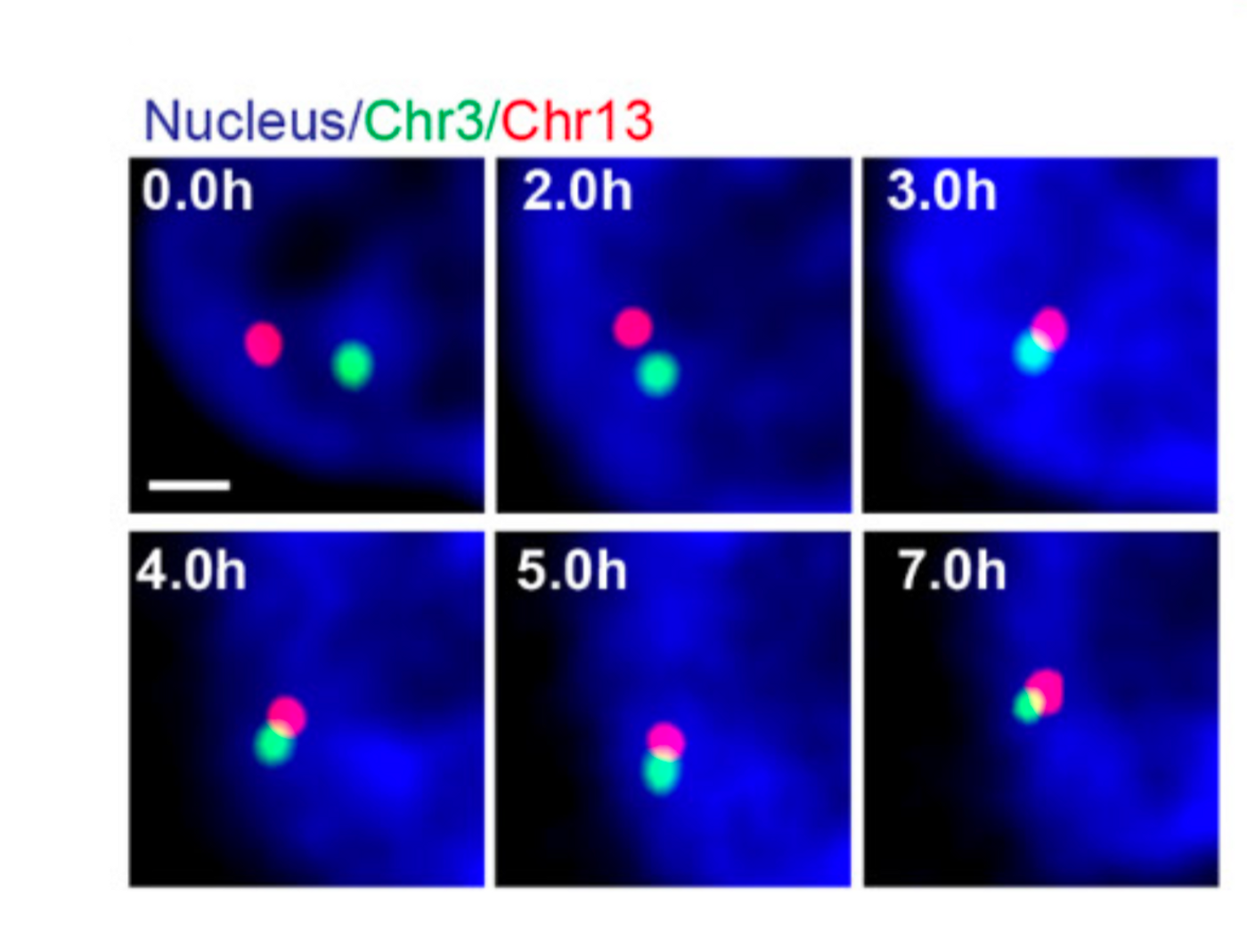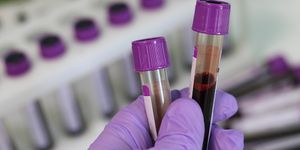Using CRISPR to Track and Image Genome Editing in Real Time
Although genome editing is an exciting and promising field of research, it does not come without its concerns. For instance, it can cause the chromosomes within the cell to rearrange. Therefore it is extremely important to not only assess the behavior of chromosomes with the induction gene editing but also to track and sequence chromosomal abnormalities associated with genetic disorders. There was a significant lack of effective DNA imaging techniques that allowed for tracking of genome editing without having to previously alter the DNA or destroy it altogether. Haifeng Wang and his team in the Department of Bioengineering at Stanford University, propose a new imaging technique known as CRISPR LiveFISH that will allow "live imaging of genome editing and transcription."
CRISPR LiveFISH (or CRISPR Live-cell fluorescent in situ hybridization) uses a fluorescent protein and RNA compound to target and attach to a specific sequence on a chromosome. Wang and team tested this fluorescent labeling on living cells “from patients with Patau Syndrome… a genetic disorder that results in organ defects, intellectual and physical impairment, and is eventually fatal." This disease was of particular interest because the cause is an extra chromosome 13. In the future, Wang and his team hope to use this technology to help understand and fix genetic disorders such as this.
“We were able to track dynamics of gene editing events [induced by the CRISPR proteins]," explains Wang. This is extremely important to be able to track gene therapy and the consequences of it, such as chromosomal translocation. Wang et al tested to see if they could track chromosomal movements in the cell using CRISPR LiveFISH and they were able to track the movement of two specific locations of the chromosomes. Watch the video of the chromosome translocation in real-time captured by CRISPR LiveFISH here. A time-line schematic of the video is below.
An astonishing facet of CRISPR LiveFish is its ability to “image both DNA and RNA in real-time”. This allows us to get an up-close look at real-time RNA transcription within living cells.
Taken together these abilities of CRISPR LiveFISH will allow us to gain a deeper understanding of the mechanics of DNA transcription and translation. We can now take an in-depth and intracellular look at CRISPR induced genome editing.
Source: CRISPR-mediated live imaging of genome editing and transcription, Wang et al.









